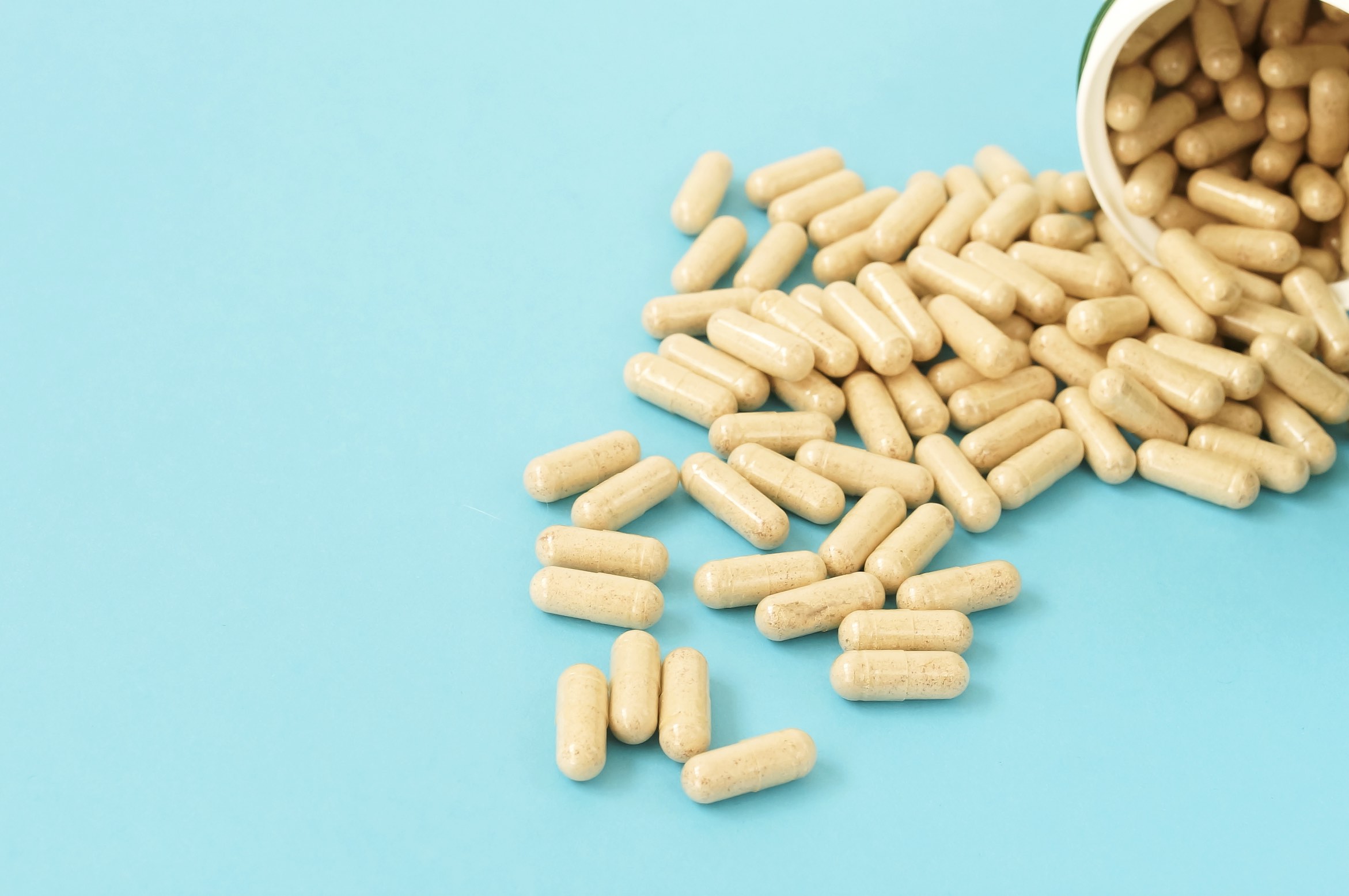Fat-soluble vitamin D is one of the most critical for biological function, helping boost bone, muscle and skin health. We reveal how the “sun vitamin” works, what causes a deficiency, and how to use it both topically and orally, so you can help clients get exactly what they need.
Why do we need vitamin D?
The body creates vitamin D from direct sunlight on the skin but struggles to make it this way during the autumn and winter months. Therefore, the UK Government recommends that everyone should consider taking a daily 10mcg vitamin D supplement from October to March.
However, new research has shown that while 28% of people said they were fully aware of this recommendation, only 7% of Brits actually follow it.
Moreover, 44% said they never take a vitamin D supplement, which has increased by 5% since 2021, suggesting that the need for education around the importance of vitamin D to health is crucial. The reasons cited for avoiding intake included being unaware of its benefits, affordability and a preference not to take supplements.
"The lack of awareness around the need for vitamin D supplements at this time of year is concerning. National surveys show that more than 1 in 10 of us have low levels of vitamin D in the blood so it is really important to raise awareness of the need to consider supplements from October to March," says Bridget Benelam, nutrition communications manager for the British Nutrition Foundation.
How does vitamin D work?
Sometimes referred to as the “sun vitamin”, vitamin D is one of the best-known hormones made by the skin and it plays an important role within the body.
“Vitamin D is both a nutrient we eat and a hormone our bodies make,” explains Lorraine Perretta, head of nutrition at supplement brand Advanced Nutrition Programme (ANP). “It is fat soluble and a key co-factor that helps the body absorb and retain calcium and phosphorus – both of which are critical for supporting bone building.
“Based on research, vitamin D can support the reduction of inflammation within the body and, in turn, our skin. Many of our body’s organs and tissues have receptors for vitamin D and we know its benefits go way beyond bone health. It is a critical vitamin for supporting functions throughout the body.”
It’s no exaggeration to say vitamin D is essential to our health. “It is involved in calcium absorption, immune function, and protecting bone, muscle, and heart health,” says Gary Lipman, managing director of JK Group, which has a portfolio of UV and sunless tanning products.
“The best and most natural source of vitamin D is responsible, moderate exposure to UV light… always avoiding burning. Bottom line – no sun, no life.”
However, vitamin D can also be added into skincare formulations to benefit the skin, playing an integral role by contributing to cell growth, repair, and metabolism.
“Using vitamin D in skincare can help reinforce the skin’s barrier and offer protection against environmental factors, neutralise free radical damage, reduce inflammation and minimise the symptoms of acne due to its antimicrobial properties,” says Lindsay Gray, general manager for Eden Aesthetics – the exclusive distributor of Epionce in the UK and Ireland.

What are the different forms of vitamin D?
“Vitamin D is a family of fat-soluble vitamins – the two main forms are vitamin D2 (ergocalciferol) and vitamin D3 (cholecalciferol),” says Dr Gaby Prinsloo, medical director at the International Institute for Anti-Ageing (IIAA), which manufactures ANP. “We get vitamin D2 from plants, while vitamin D3 is formed in the skin of animals after exposure to UVB rays.”
She adds: “Both vitamin D2 and vitamin D3 are converted to 25-hydroxyvitamin D3 in the liver, and then to 1,25-dihydroxyvitamin D3 in the kidneys. This last form is the hormonally active form, which binds to the vitamin D receptors and exerts its biological effects.”
What causes a vitamin D deficiency?
From late March to the end of September, most people in the UK should be able to make the vitamin D they need from sunlight. However, Government advice is that everyone should consider taking a daily vitamin D supplement during autumn and winter due to us living in a cold and less sunny climate.
The NHS recommends supplementing 100 micrograms (4,000 international units) of vitamin D per day and states that a lack of vitamin D can lead to bone deformities such as rickets in children and bone pain caused by a condition called osteomalacia in adults.
It says that vitamin D can also be found in food like oily fish, red meat, liver, egg yolks, and fortified foods – such as some fat spreads and breakfast cereals.
Learn more about what are the symptoms of vitamin D deficiency and how you can help clients get back on track.
Are there any side effects associated with taking vitamin D?
Although taking vitamin D is important for our health, there are side effects if we take too much, states Dr Prinsloo: “Vitamin D can be absorbed both orally and transdermally through topical products. Once absorbed, it is stored in fat cells until needed.
“When the fat stores are full, blood levels start to increase. Above a certain level, calcium levels in the blood and urine start to increase and there are side effects. These could include nausea, vomiting, constipation, weakness, confusion, and headaches, among others.”
Do you use vitamin D skincare and supplements on your clients? Tell us about your experiences below.

![Vitamin D for skin: benefits in skincare and supplementation forms [Updated]](https://d3sc42dkmius1e.cloudfront.net/Upload/669/CMS/News/Photos/46942ec8-81a.jpg)


